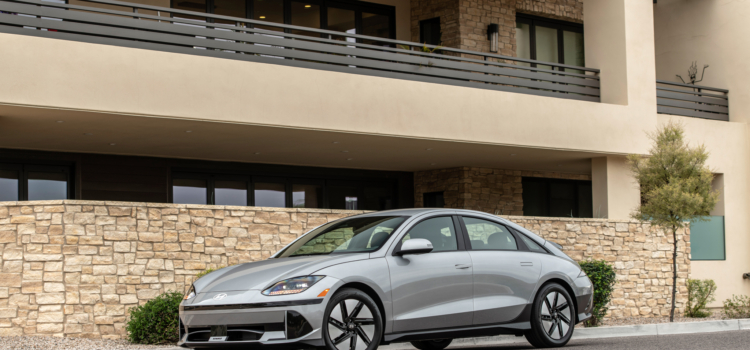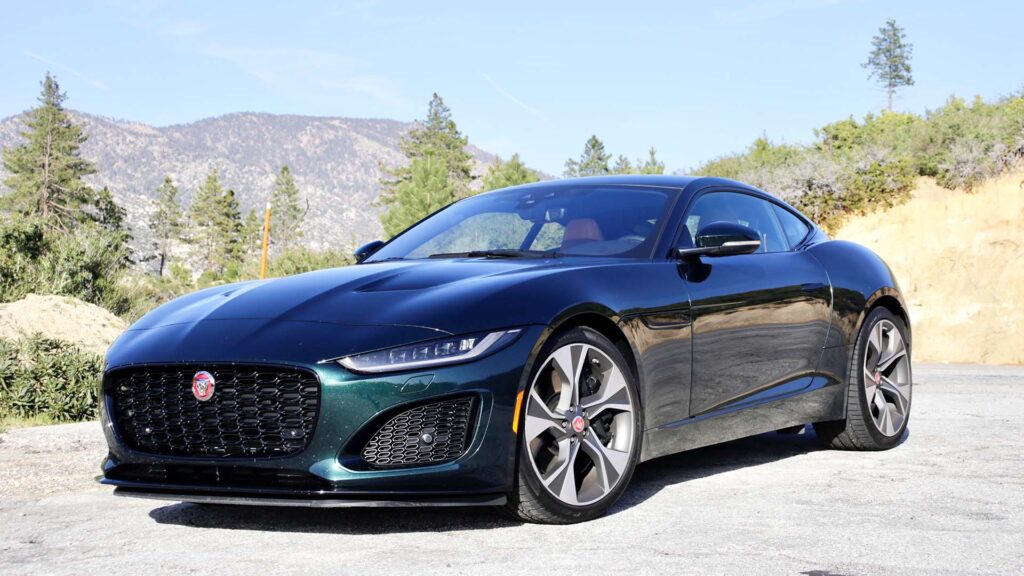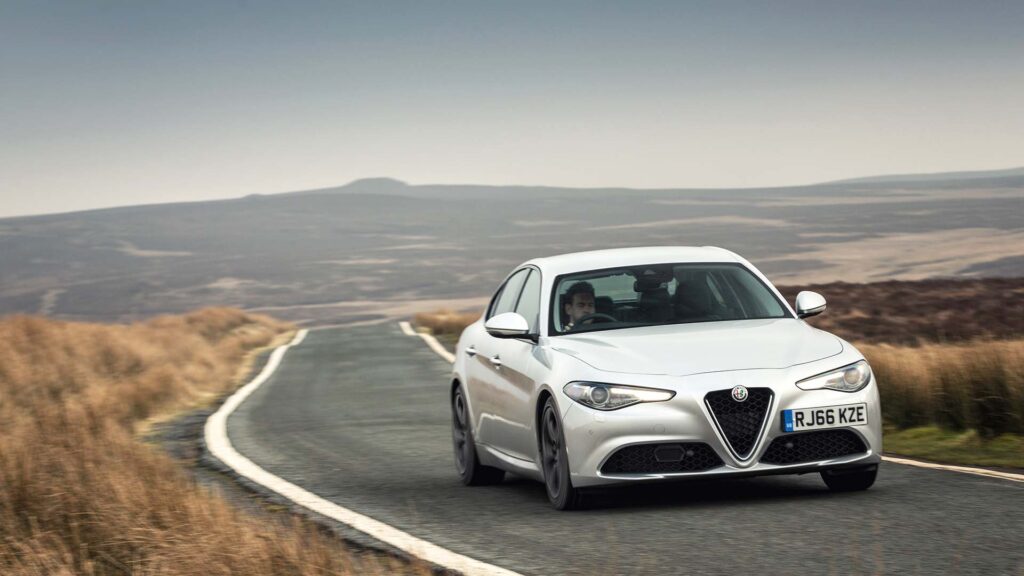At $239/month, the Hyundai Ioniq 6 is an electric car bargain
Riiight. Let’s not beat around the bush. Cheap electric cars (plus infrastructure) are what we need for widespread adoption of the breed, but the market seems scarce on any super appealing options. Sure, the Tesla Model 3 Standard Range, Chevy Bolt family, and Nissan Leaf are effective and dandy vehicles, but they’re not really model citizens in style, quality, or character, and the Fiat 500e is still on its way. We need more, I say! Well, Hyundai seems like it’s here to help since you can now score their Ioniq 6 EV for as low as a $239-a-month lease. Two-three-nine. Sick.
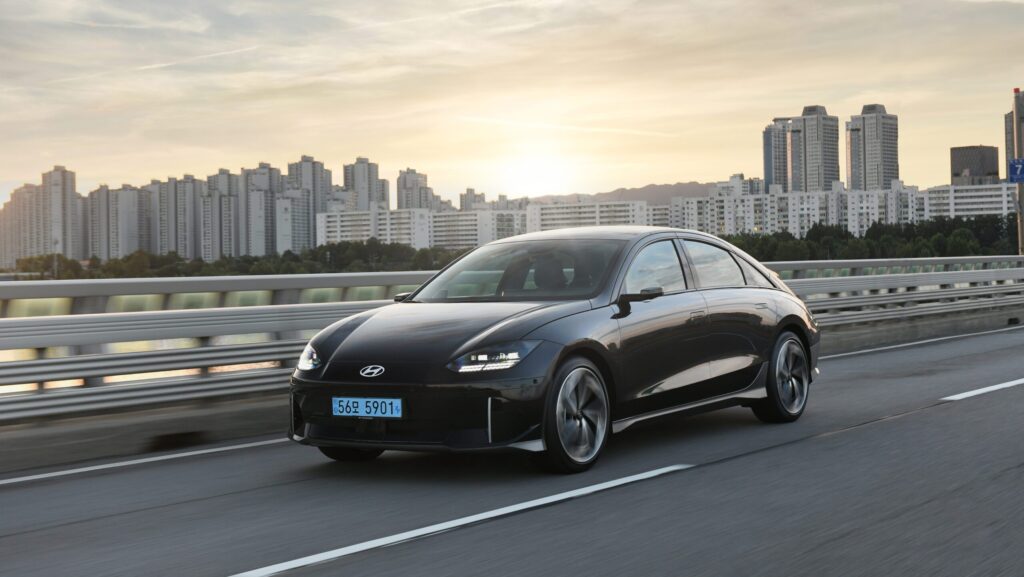
For reference, a comparable Model 3 can be leased for as low as $329 nowadays. Late last year, Bolts were leased for $299. And Polestar is currently advertising Polestar 2 leases for as low as $379. At an econobox-rivaling $239, the swoopy-droopy-looking Ioniq 6 has been making headlines and fueling social media banter for being the cheapest EV lease on the market today, creating an alluring deal for urbanites searching for a solidly built, comfortable, and stylish electric car devoid of egg-inspired aesthetics or questionable leadership ethics.
The stipulations are just as intriguing as the payment itself, leading to some questioning its validity and whether it’s all some pending April Fool’s prank that we’re bracing for. $0 down. 24 months. Mileage not disclosed. Still, not bad for two years with one of the more well-received grocery getters currently on sale. Alternatively, SE AWDs will lease for $349 for $349 down, while SEL AWDs will go for $449 for $449; both deals run for 24 months, should you care. Perhaps the biggest catch is that prospective lessees must act fast, as the deal expires on April 1.

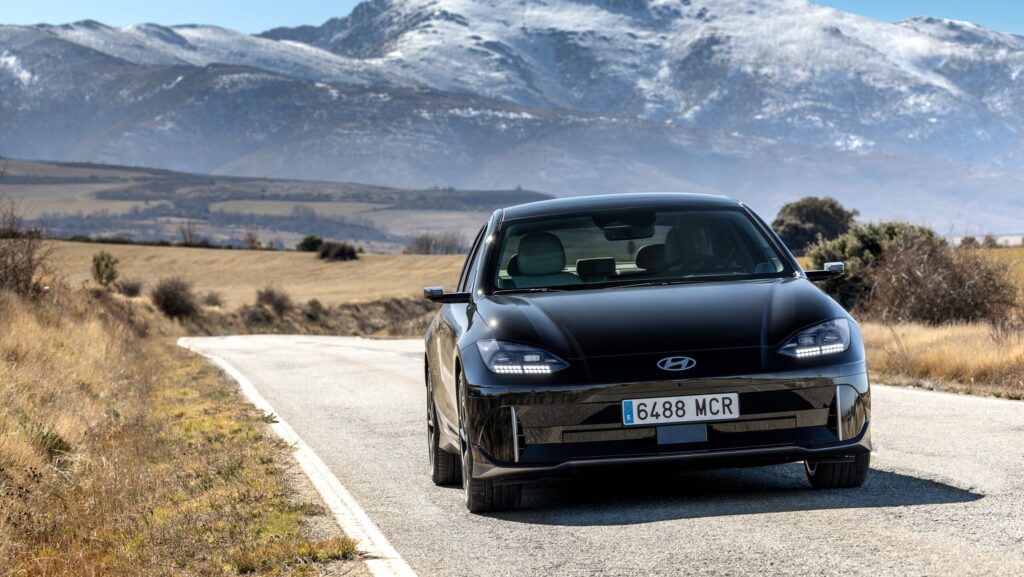
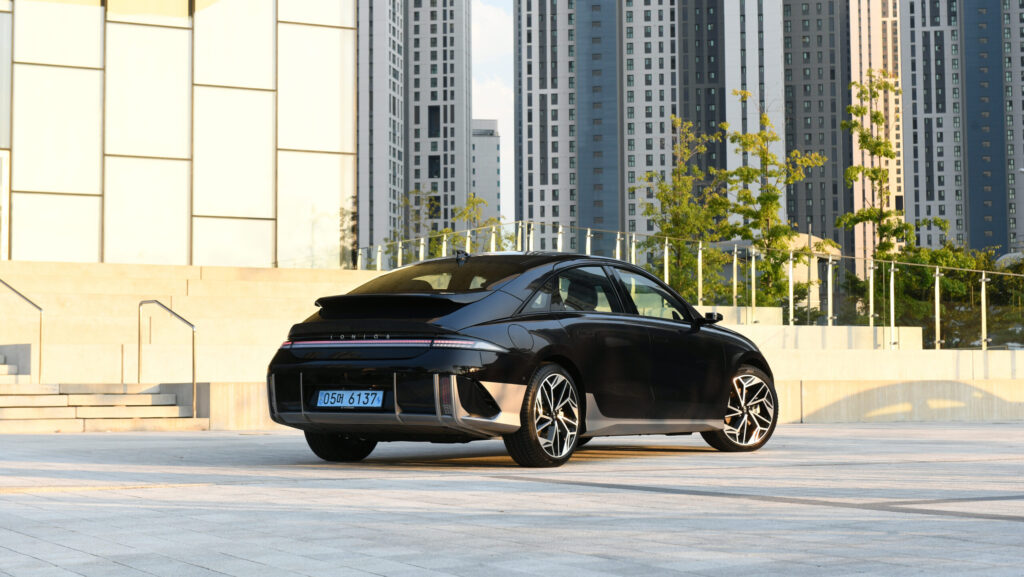
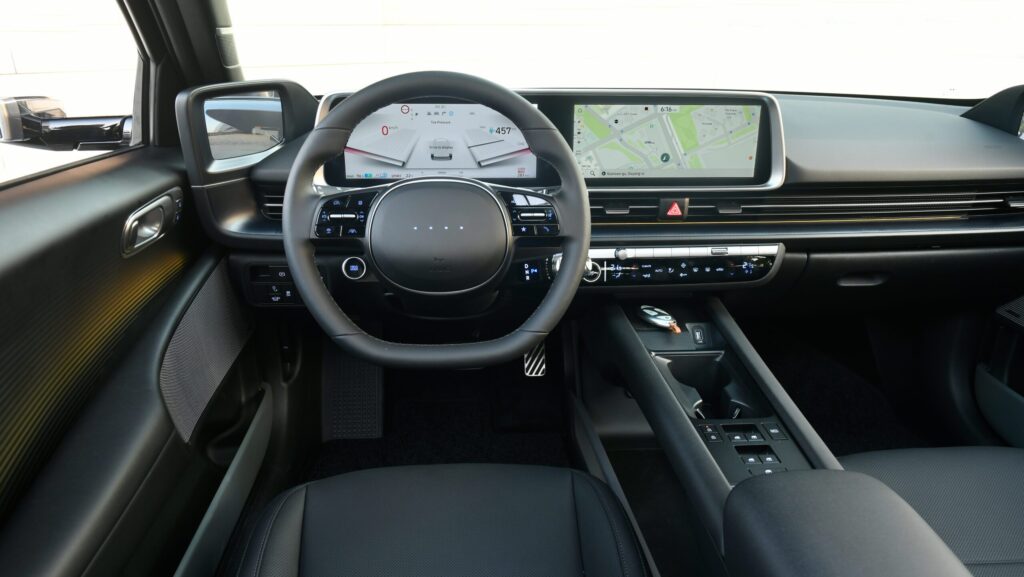
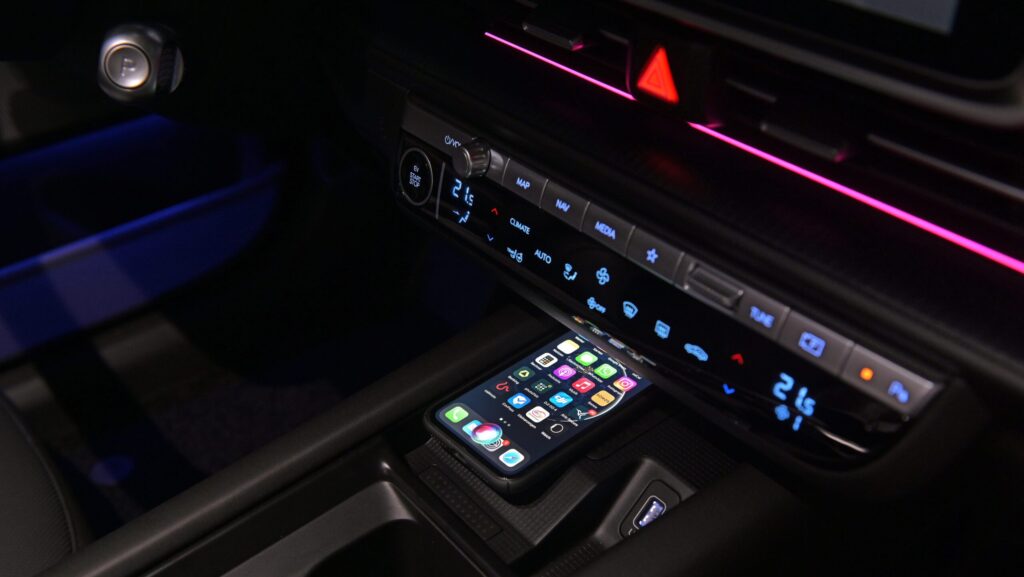
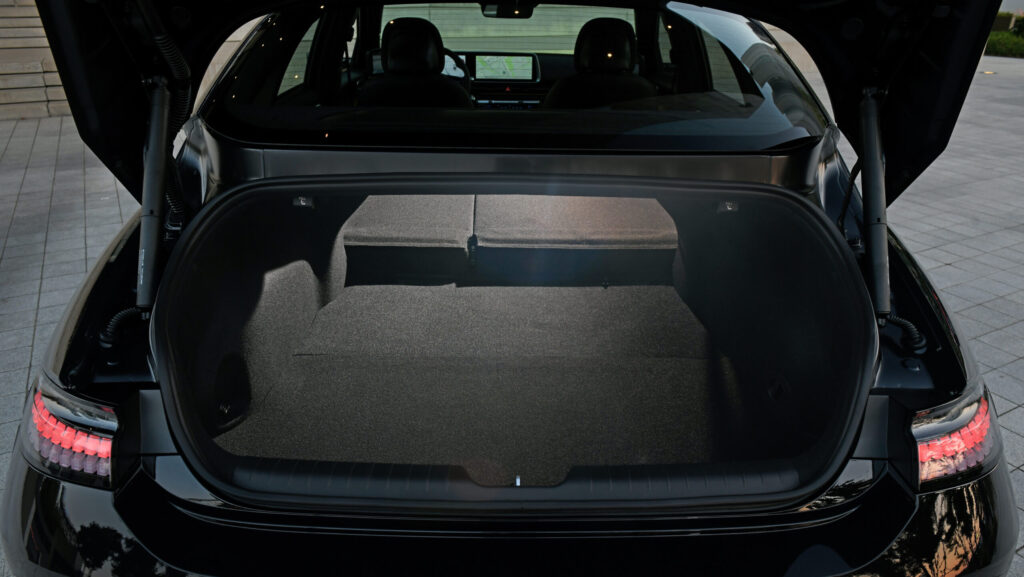

The Ioniq 6 isn’t a bad car, either. With an MSRP of $42,450 for the SE trim and $50,150 for the Limited trim before incentives or fees, it’s not the most expensive nor the cheapest EV to buy. Rear-drive Long Range variants output 225 horsepower and 258 pound-feet, which is good for 0-60 in roughly six seconds and a Hyundai-estimated range of 361 miles. Dual-motor all-wheel drive saps range down to 316 miles but boosts performance to 320 ponies and 446 pound-feet. Non-Long Range variants make do with 305 miles of range while driving only the rear wheels or 270 miles with all-wheel drive. Battery capacity is either 53 or 77.4 kWh, depending on the range variant. In the unavoidable looks department, its fastback silhouette is clearly inspired by the likes of the Mercedes CLA and CLS, and its compact footprint makes it a sweetheart in urban commuting. The “borderline luxurious” interior, as described by Motor Trend, is typical Hyundai, which is to say modern, ergonomic, and totally functional.
Hurry and cop one quick if you’re in the market! April Fool’s is just around the corner. A shame such a good thing can’t stick around forever, especially for something that’s a fresh break from the bottomless sea of Teslas and Priuses. But that’s life and the cruel, cruel world of the auto industry.

